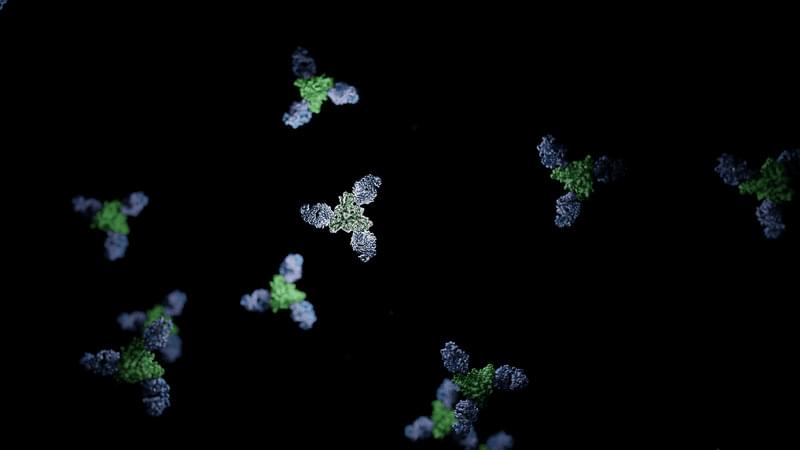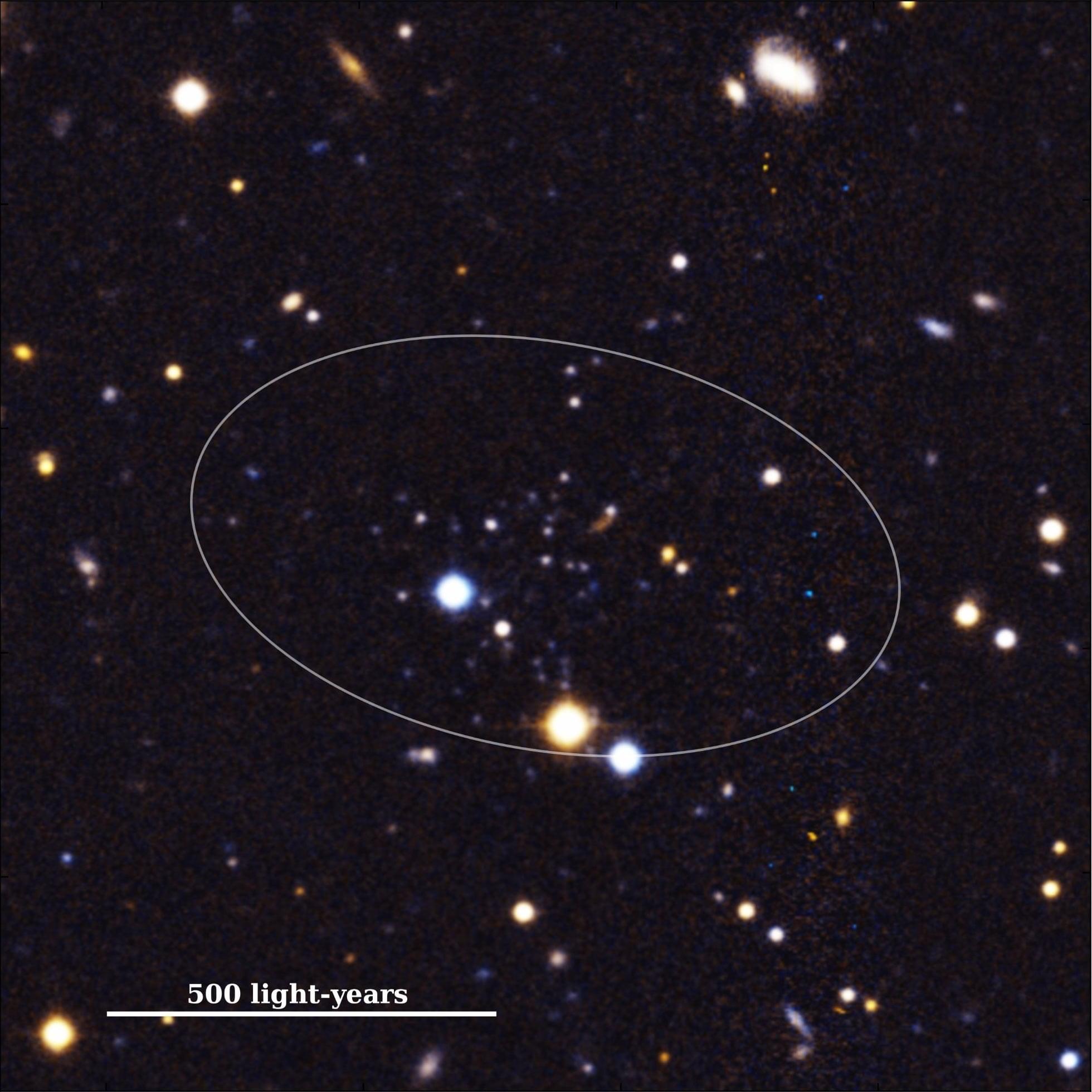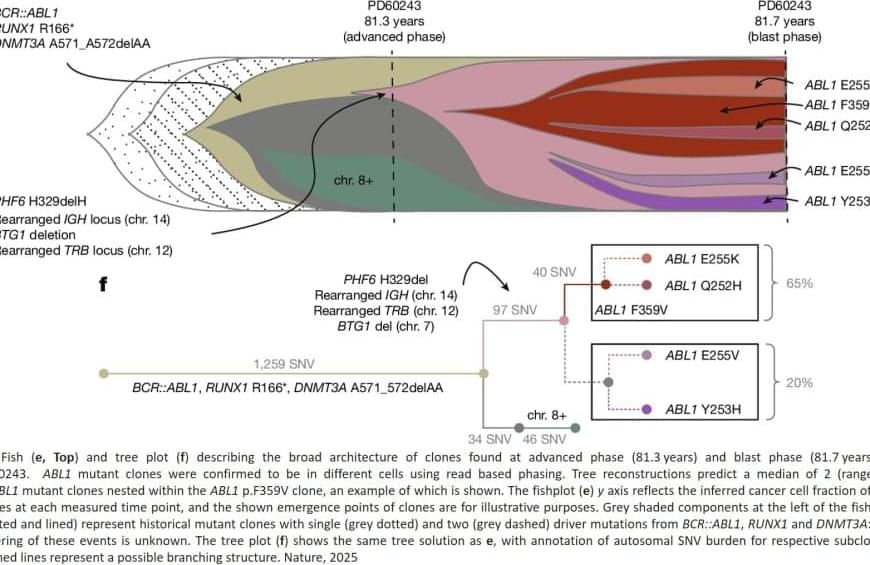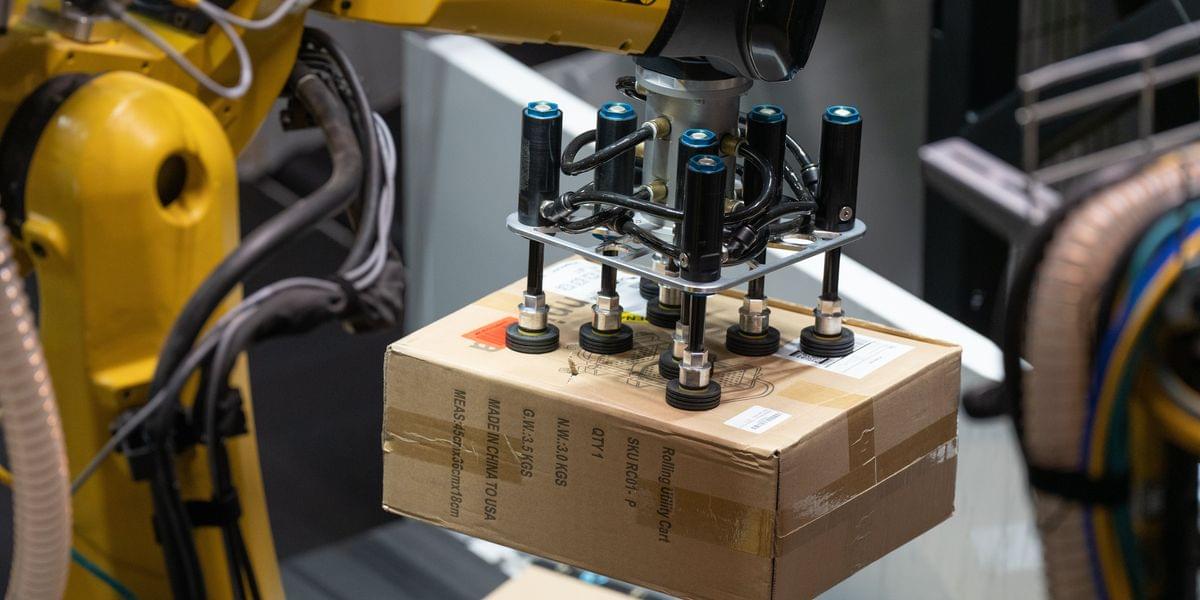It’s no wonder engineers have long dreamed of harnessing these powers in human-made structures. Now, scientists have combined fungus and bacteria to create a living material that stays alive for up to a month and can form bone-like structures. The researchers say this approach could one day be used to create structural components that repair themselves.
“We are excited about our results and look forward to engineering more complex and larger structures,” Chelsea Heveran at Montana State University, who led the study, told New Scientist. “When viability is sufficiently high, we could start really imparting lasting biological characteristics to the material that we care about, such as self-healing, sensing, or environmental remediation.”








